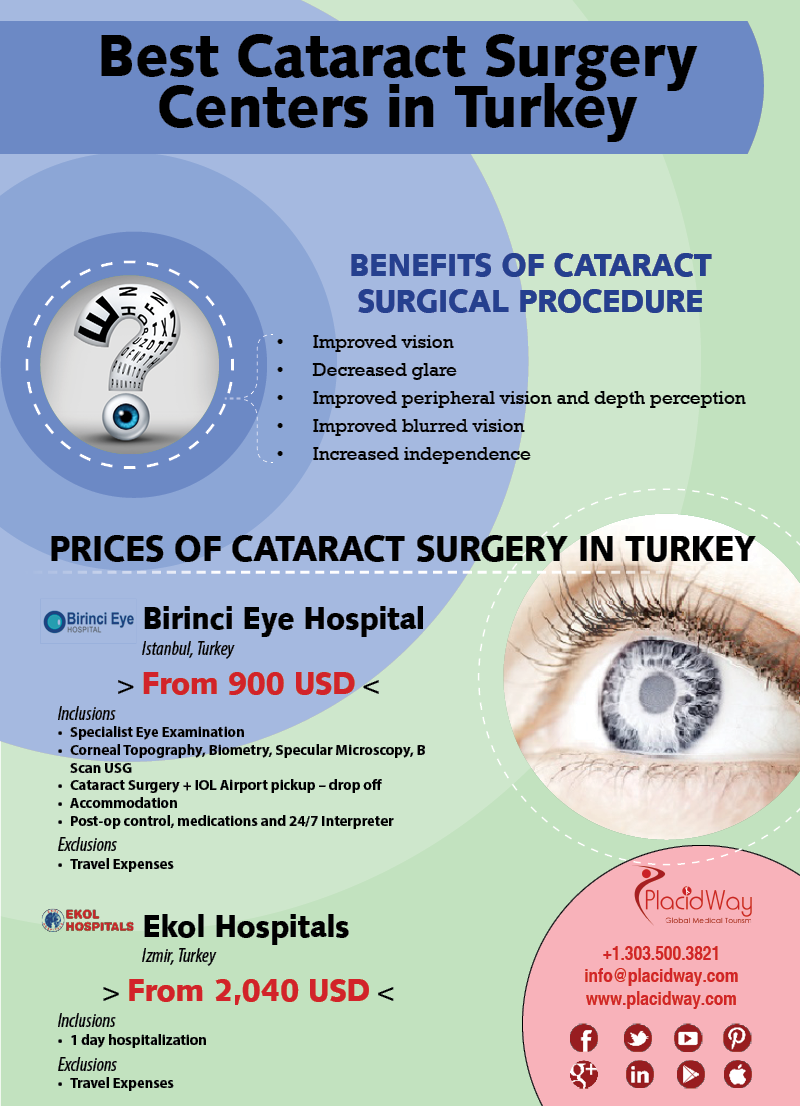If you're taking care of Myopia, you might assume it's simply a typical inconvenience. However, when your prescription hits -6.00 diopters or even worse, you go into the realm of high Myopia, where the stakes get greater. This isn't almost more clear vision; it has to do with major dangers that might affect your eye health and wellness. Comprehending these differences could be crucial for your well-being. But how do you recognize when it's time to take action?
Understanding Myopia and High Myopia
Myopia, typically referred to as nearsightedness, influences how you see distant items, making them show up fuzzy. This usual vision condition occurs when your eye is either as well long or your cornea is as well curved.
If you find yourself squinting to see road signs or the board in class, you could be experiencing Myopia. High Myopia is an extra severe form, generally defined as having a prescription of -6.00 diopters or even worse. In this situation, far-off items end up being much more difficult to see clearly.
Both problems can be identified with a straightforward eye examination. If you see your vision getting worse, it's essential to seek advice from an eye treatment specialist. They can aid determine the best rehabilitative choices for your particular requirements.
Risks and Issues of High Myopia
While many people consider high Myopia as just a much more extreme kind of nearsightedness, it carries substantial threats and problems that can impact your overall eye health.
One major problem is the enhanced likelihood of retinal detachment, which can lead to irreversible vision loss if not treated quickly. You might likewise deal with a greater risk of glaucoma, a problem that harms the optic nerve and can cause loss of sight if ignored.
In addition, you could establish cataracts at a younger age, affecting your quality of vision. Macular degeneration, an additional problem, can impact your central vision and daily activities.
Remaining educated about these risks is important for preserving your eye health and wellness and ensuring you take positive steps to protect your vision.
When to Seek Professional Assistance for Vision Adjustments
Have you discovered any kind of adjustments in your vision that appear uncommon? If you're experiencing fuzzy vision, relentless headaches, or problem concentrating, it's time to seek specialist assistance.
Can You Control Myopia like seeing halos around lights or unexpected flashes of light, as these could indicate significant issues. If your vision seems to get worse swiftly, specifically if you have high Myopia, do not wait.
Schedule an appointment with an eye care specialist quickly. Early treatment can stop further problems and preserve your vision.
Trust fund your instincts-- if something does not really feel right, it's much better to be secure than sorry. Bear in mind, regular eye exams are crucial, particularly if you see any adjustments in your vision.
Prioritize mouse click the up coming web site and do something about it immediately.
Conclusion
In summary, recognizing the differences in between Myopia and high Myopia is important for your eye health and wellness. If you have high Myopia, keep sharp to possible risks and problems that can occur. Don't overlook any kind of uncommon vision adjustments-- acting rapidly can make a considerable distinction in avoiding severe problems. Regular eye examinations are important, so make sure you schedule one and keep your eyes healthy and balanced. Your vision is important, and taking positive steps can assist safeguard it.
